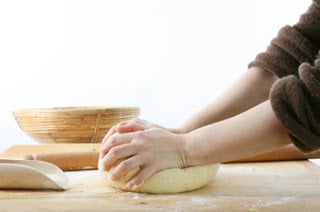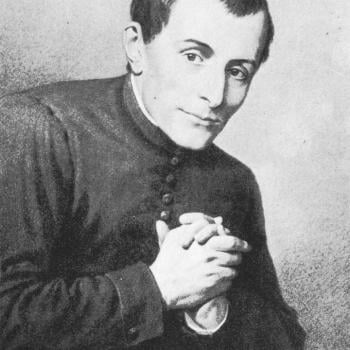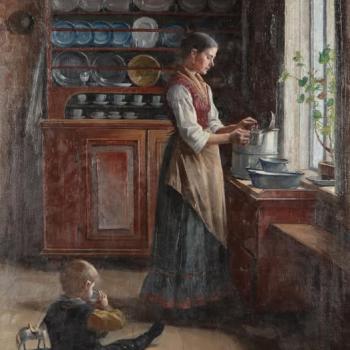Although there is very little documentation available that describes how the liturgy was practiced in the west, in the early middle ages, as one begins to study the liturgy in the later centuries of the middle ages, things become more complicated. Where manuscript evidence is sparse in earlier centuries, once one begins to explore the liturgy in the tenth and eleventh centuries the manuscript evidence becomes so abundant and varied that recognizing a “standard” practice anywhere becomes impossible. Seeing just how little uniformity there is within the liturgies at the time helps highlight the reality of liturgy before the introduction of the printing press.
This reality was brought home to me as I looked at a number of the Rhenish mass orders, Sangallensis 338-340 . Although they are very similar in many ways (clearly western manuscripts from around the same period of time and from a similar region), they are by no means uniform productions. There are often significant variations in prayers and structures in the manuscripts. Take for example Sangallensis 338, which uses longer prayers than Sangallensis 339. Another instance of these kinds of variations is found in Sangallensis 340, which includes many prayers in almost identical form to Sangallensis 339 but often will include significant prayers not found in Sangallensis 339 at all (cf. 28-30 in Sangallensis 340 and 31-33 in Sangallensis 339).[1]
In spite of differences, in most cases, prayers are presented with similar content along with almost identical scriptural allusions and quotations. This diversity, in the midst of homogeneity, has led me to develop a bit of a parabolic reflection on a useful way to look at liturgy using bread.
Liturgy is like bread
There is no single ingredient that that defines what makes “bread” really bread. Any ingredient, no matter how common, can be substituted and bread can still be made. Many breads contain wheat, and yeast and salt but these ingredients do not define what bread is. Similarly, liturgy often contains many shared elements (e.g. almost all include the institution narrative) but are few things that are common to all liturgy. Matza and Honey Wheat are both recognizable as bread but are formed in profoundly different ways, the same can be said in the structures of liturgy
Like different kinds of bread, as liturgy develops, there are certain “recipes” that become common in particular areas and times. In the west one particular recipe developed and became the standard way of doing “liturgy.” In other churches multiple “recipes” have developed side by side (e.g. the liturgy of Saint Basil and the liturgy of John Chrysostom within the Eastern Orthodox and Byzantine Catholic churches).
Looking at the Rhenish Sangallensis orders of the mass is in many ways is like taking a look at the notes written on a recipe card as it is slowly changed over time. Sometimes more water is added, sometimes more flour. Sometimes a prayer is added, at other times a ritual action. It’s an amazing look into the life of the church as they adapt the family recipe to meet the needs of the “ingredients” they have and “tastes” that they enjoy.
This paradigm is important to keep in mind, since after the development of the printing press and the Council of Trent, the transmission of the liturgy has been much more similar to the publication of a cooking book, with occasional new editions put out for all to adopt. Exploring old ordos is a fascinating way of touching the organic roots of the liturgy and functions as a powerful reminder that the liturgy is a way in which the church participates collaboratively with the Holy Spirit in an eternal dialog with God.
[1] Numbering of manuscripts is based on the “Searching for the Origins of the ‘Rheinish Mass Order” series by Michael Witczak:
Witczak, “St. Gall Mass Orders (I) MS. Sangallensis 338,’ ” Ecclesia orans 16 (1999): 393–410;
Witczak, “St. Gall Mass Orders (II): MS.The Sangallensis 339,” Ecclesia orans 22 (2005): 47–62;
Witczak, “St. Gall Mass Orders (III): MS. Sangallensis 340,” Ecclesia orans 24 (2007): 243–61.













